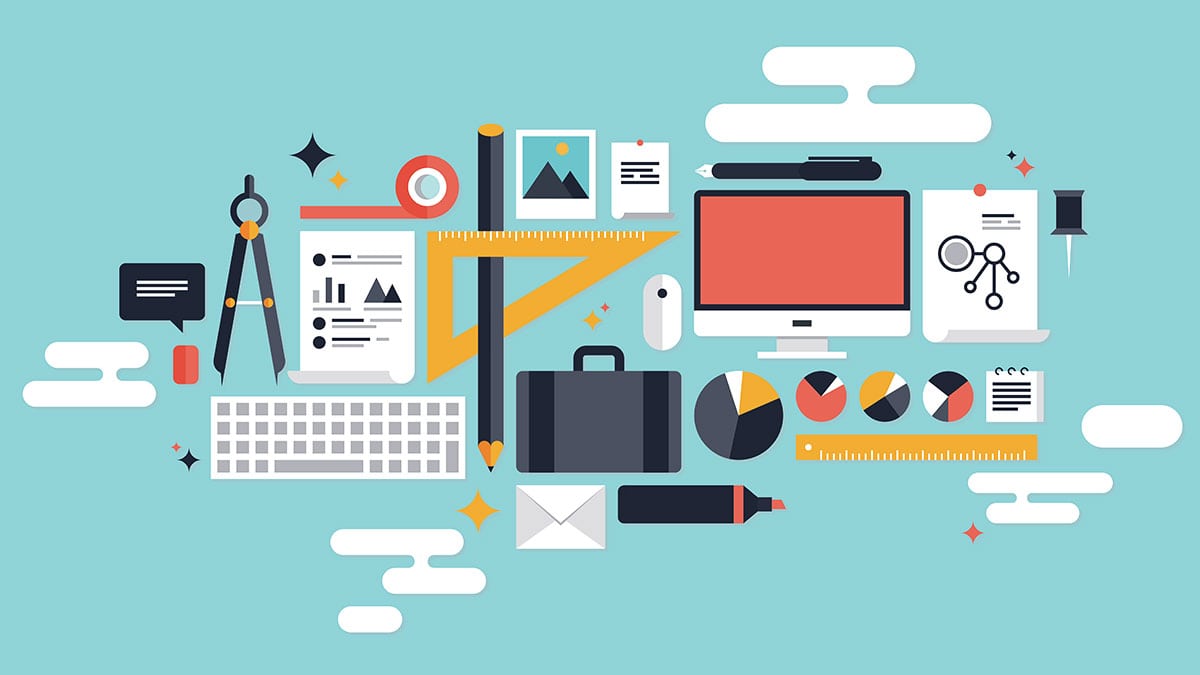When you start working for a design firm after graduating from CAD School, it usually takes a few weeks to get accustomed to the type of workflow that the company employs. No firm is exactly alike, so it’s important to stay flexible in your working methodology. Furthermore, you should feel free to tactfully make suggestions to improve the workflow and overall methods that the firm employs to increase productivity, or simply make the process smoother for everyone involved. After all, it’s easy to get used to doing things a certain way and stop looking for ways to improve.
So how do you fine-tune an internal design workflow? Well, there’s no universal solution, but start with the few tips below. Keep in mind, though, that a workflow will never be perfect. As design standards change and new software solutions are made available, better ways of doing things will also emerge. Just make sure to keep an open mind and don’t get too set in your ways!
Default Standards
This is an easy mistake to make: Firms often fail to establish a universal default standard for all settings and styles when creating CAD documents, relying instead on the know-how and good judgment of their employees. In CAD software, styles usually determine everything, from how dynamic objects interact with each other to the colour of lines. The goal of operating with established styles and standards is to facilitate output so that designers spend less time making other designer’s work uniform and more time delivering the results that clients expect. Simply put: having well-established styles and standards that everyone uses increases productivity and reduces workplace frustration related to collaboration and sharing.
Symbol Libraries
Re-using symbols and other designs from older projects can cause huge problems. By importing older models, you risk introducing errors into your new project, such as symbols being stretched, scaled or modified because they contain references or sizing data that were specific to the older document. Instead, it’s much better idea to decide, as a group, to develop a common library of symbols, blocks and other model types that don’t contain project-specific information and can be re-used without the risk of introducing problems into a project.
Using the cloud
The cloud allows you or any Computer Aided Drafter in your group to view, retrieve or store files and documents as well as to work collaboratively with another team member in real-time, accessed online. With CAD, there are a number of software solutions that you can use to facilitate teamwork and ensure that everyone has access to the latest version of a file. Increasingly, CAD software is becoming more mobile-compatible, with smaller versions of the software being made available for tablets and other devices. This allows professionals with CAD training to head over to a construction site and share drawings and other precise information remotely, in the same environment used by professionals in the office.



